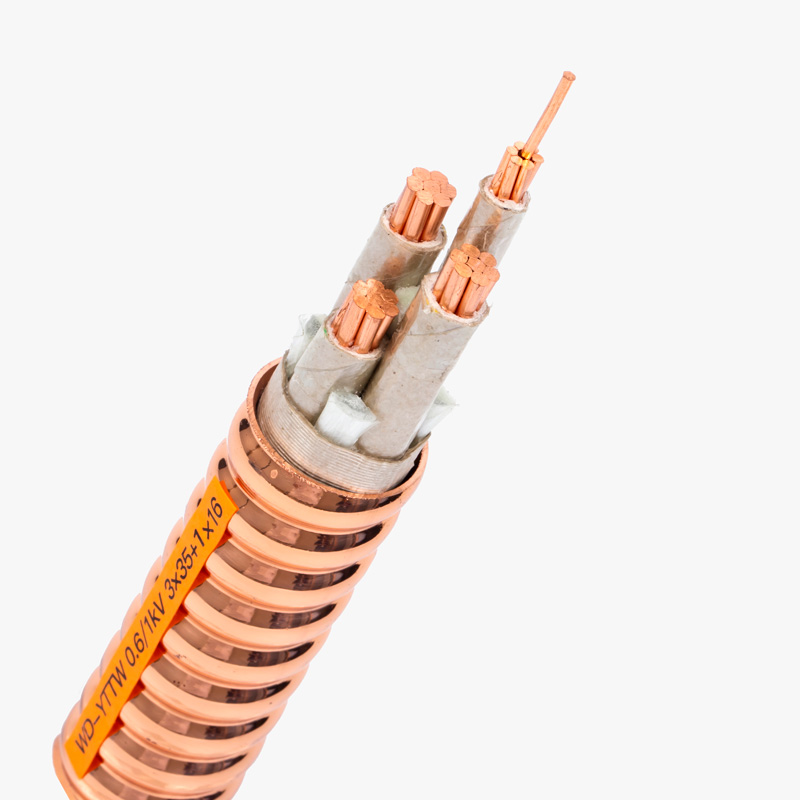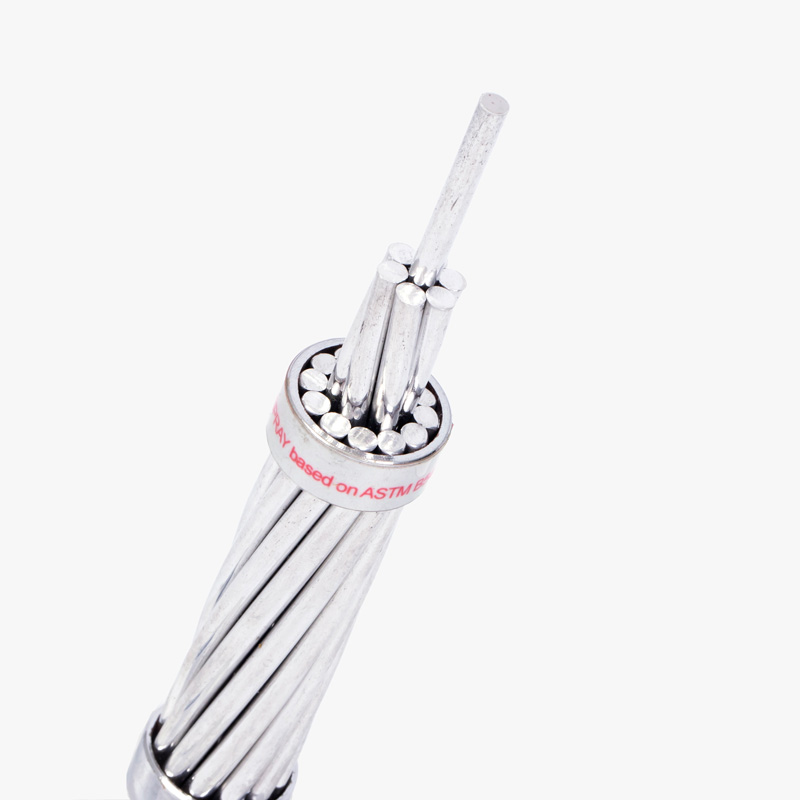Why is selecting the appropriate cross-section area critical?
Incorrect cable sizing leads to overheating, voltage drops, short-circuit risks, and reduced cable lifespan. For instance, using 1.5 mm² cable for air conditioning during home renovation often triggers circuit breakers due to insufficient load capacity. In contrast, choosing a 4 mm² cable for a 25A load ensures safe operation. According to NFPA statistics, 30% of electrical fires originate from cable overloading.

Step-by-Step Cable Sizing Calculation
Proper cable selection follows three key steps:
- Determine the load current (I): Use the formula:
I = P / (U × cosφ)where P = power (W), U = voltage (V), and cosφ = power factor. - Select the cross-sectional area (S): Based on current and installation conditions, consult IEC 60287 or local standards to match ampacity.
- Check for voltage drop: Ensure the voltage drop (ΔU) does not exceed 5%. Use:
ΔU = (2 × L × I × ρ) / Swhere L = cable length, ρ = resistivity (Ω·mm²/m), and S = cross-sectional area (mm²).
Accurate calculation balances safety, efficiency, and cost in cable selection.

Comparison Table: Current Load vs. Cable Size
The following table provides a quick reference for common copper cable sizes and corresponding current ratings:
| Current (A) | Cross-Section (mm²) | Typical Application |
|---|---|---|
| 10 | 1.5 | Lighting, small appliances |
| 16 | 2.5 | Sockets, water heaters |
| 25 | 4 | Air conditioning, kitchen circuits |
| 32 | 6 | Electric ovens, power tools |
| 40 | 10 | Small machinery |
| 63 | 16 | Large equipment |
| 80 | 25 | Industrial lighting panels |
Common Misconceptions in Cable Selection
Misconception 1: “Bigger is better” → Oversized cables increase material costs and complicate routing.
Misconception 2: “Ambient temperature doesn’t matter” → High temperatures require larger cables due to reduced ampacity.
Misconception 3: “Only focus on purchase cost” → Smaller cables result in greater power loss and higher electricity bills long term. For example, a 2.5 mm² cable used at 25A over 40 meters can waste over 150 kWh/year in losses.
Advanced Techniques for Professional Use
Modern systems benefit from dynamic load analysis, where cable size is adjusted based on real-time consumption. For high-load installations, using parallel cables reduces heating and improves flexibility. Comparing with international standards like IEC, NEC, and GB/T helps ensure compliance across markets.
Conclusion and Customer Tips
Always calculate load carefully, follow safety standards, and work with certified manufacturers like QRUNNING to ensure long-term system reliability and compliance.




